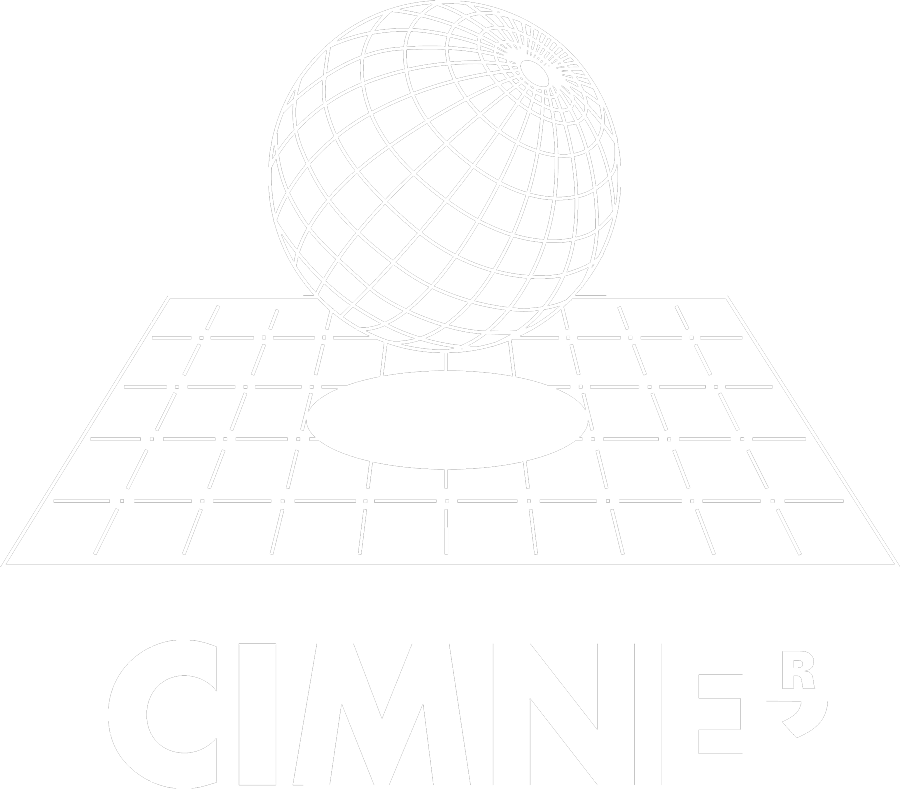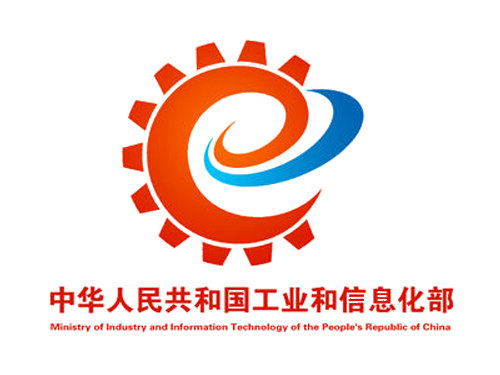The project, IMAGE (Innovative Methodologies and technologies for reducing Aircraft noise Generation and Emission), targets innovative technologies that may lead to airframe and engine noise reduction for potential industrial use, as well as the methodologies to conduct analysis and optimization of these noise-reduction technologies.
Airframe noise and engine noise are targeted in the IMAGE project. The landing gear (LG) and high lift (HL) systems have long been recognized as being the dominant airframe noise sources. Together with the engine system, they have been the major contributors to aircraft noise, especially at approach and take-off conditions. Over the past 50 years, substantial improvements in engine technology have significantly reduced aircraft community noise levels (see Figure 1.1), particularly with the introduction of high-bypass ratio engines in the 1970’s.

Figure 1.1: EPNdB reduction over the period 1950-2020 and enabling technologies.
For a modern commercial aircraft the noise due to the engines (primarily fan and jet noise) dominates during take-off, and during approach the dominance is taken over by airframe noise (non-propulsive noise), especially for very large civilian transport aircraft. Therefore, while engine noise remains an important concern, it also becomes increasingly important to identify specific airframe-subcomponent noise sources, to understand the mechanism of their generation and control and, further, to quantify their levels of contributing to overall airframe noise. Figure 1.2 shows acoustic phased array measurements of the relative airframe noise source strengths for a large twin-engine aircraft with flaps deployed (Langtry et al. 2014). It is shown that the LG and HL systems, as well as the jet/wing interaction, form the most significant parts of overall airframe noise source. Control and reduction of these identified significant airframe and engine noise sources are the main topics to be addressed in the IMAGE project. IMAGE targets airframe noise reduction for landing gears and high lift devices, and engine noise reduction for its fan component and exhaust/intake duct. Beyond this, IMAGE will also address the installation effect of aero-acoustical engine-jet/wing interaction.
As a next step to attain the ambitious goals set by Flightpath 2050 (ACARE) and its predecessor, the Vision 2020, it is necessary to develop the most effective technologies for modifying the near-field noise generation mechanisms and leading to far-field noise reduction, and to further improve the modelling/simulation tools used to support these developments. This objective has sustained continuous efforts in the recent years, aiming at the development of innovative methods for the control of noise generation and propagation, giving birth to new innovative methodologies and technologies. Amongst these emerging technologies, plasma actuation, turbulence screens (meshes) and innovative porous materials (acoustic liners) are the focus of the IMAGE project.
By means of experimental and computational exploration of flow-induced noise generation and propagation, the IMAGE project aims to investigate the fundamental physics of noise-generation and control mechanisms of the control strategies mentioned above, and thus supporting to uncover innovative technologies with the best potential of achieving the next-step reduction in airframe and engine noise with null or minimal penalties in terms of aerodynamic performance, weight, cost, reliability and safety.
In view of existing work in the literature concerning airframe and engine noise reduction, as well as on the basis of the experience gained and lessons learned from numerous previous national and international research activities, along with a set of specific technical objectives detailed in Section 1.3.1, the overall objectives of the project are:
- to investigate innovative control technologies and strategies that are able to effectively manipulate airframe and engine noise in terms of suppression of noise generation and propagation;
- to understand the physical mechanism of noise control and reduction in deployment of these technologies;
- to improve current methodologies and technologies in aero-acoustic measurements and numerical analysis;
- to investigate low-noise concepts with minimum or null penalty for aerodynamic performance, loads and cost;
- to reinforce at European level the EU-China collaboration and mutual understanding in dealing with global environmental problems in relation to aircraft noise emission footprint.
Understanding and modelling the noise control approaches for potential industrial use, which is the key objective of the IMAGE project, will be a significant step forward in terms of providing the industry reliable tools for the optimization of new noise-reduction devices, thus permitting to achieve the required next step breakthrough towards quieter aircraft.

Figure 1.2: Airframe noise source strengths for a large twin-engine aircraft with flaps deployed (Langtry et al. 2014).


